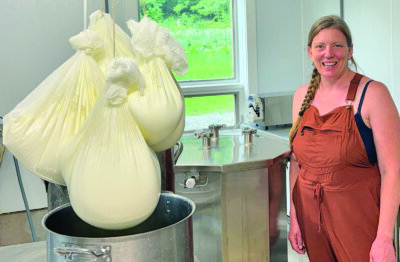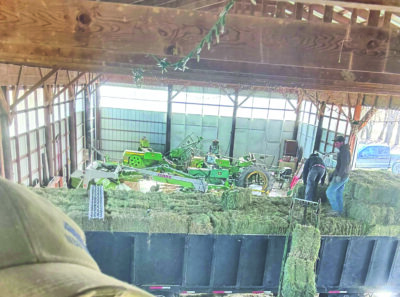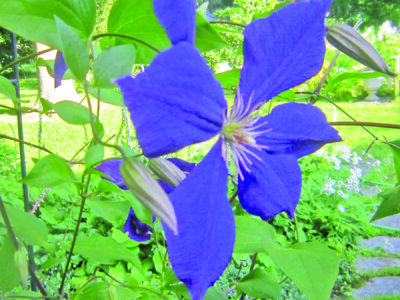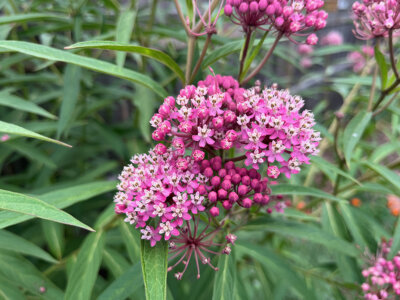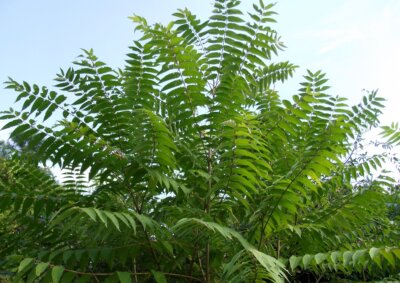Into the Woods: What is Silviculture?
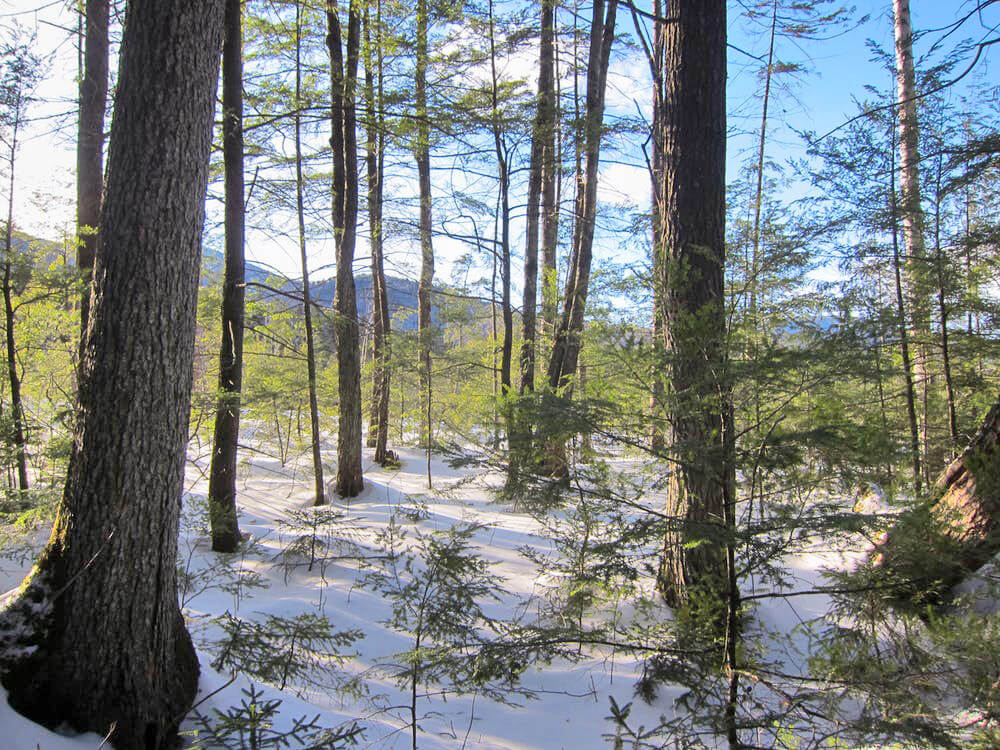
When I tell someone that I am a forester, their response is usually “great!” This is generally followed by a brief pause, and then, “What does that mean?”
We foresters are confused with loggers, park rangers and arborists, in addition to many other professions. What defines a forester is that we practice “forestry,” the management of forested ecosystems. This often boils down to figuring out how and when to harvest trees to create specific conditions while balancing an array of objectives and maintaining or improving the health of the forest. Determining when and how to cut trees is done through practice of something called “silviculture.”
The standard, textbook definition of silviculture is “the art and science of tending the forested stand.” This definition is apt. Forestry is informed by the scientific research that exists on how trees and forests grow and develop over time and how we can best manage them for a variety of objectives. In addition to being based in sound science, silviculture must respond to the complicated situations that arise in the woods, from the unique set of subtle environmental conditions that each forest offers to the complex desires and values of landowners. As a result, the implementation of science in the practice of silviculture ends up being somewhat subjective, an “art.” Foresters bring years of experience, a developed understanding of forests, and their management philosophy into the woods with them, which leads to many distinct management styles and techniques. I often say that 100 foresters would manage the same forest in 100 different ways.
“Silviculture” is the name we give to the way we address current conditions in a forest and aspire to some desired result, usually using timber harvesting as a tool and generating forest products in the process. A large part of the actualization of silviculture is done by foresters with paint guns in their hands, walking through the woods, marking each individual tree to be cut. In the process, they look critically at each tree to see how it fits with the landowner’s goals and values, the current conditions in the woodlot, the application of the available science and the long-term goals for the forest.
Using silviculture, foresters must strike a tricky balance, simultaneously managing forests for a variety of objectives. A landowner’s goals for their forest may be to produce firewood or maple syrup, to grow high-value sawtimber, to create great wildlife habitat or (as is usually the case) a combination of these and other objectives. Navigating these values on behalf of a landowner requires a developed understanding of how different uses and values interact and how the harvesting of a tree can satisfy multiple objectives. All the while, the forester must balance the desires of the landowner with the health of the forest, never compromising the latter in the name of the former.
I have said in previous articles that the forest generally doesn’t need human intervention to be healthy. However, forest products provide local, renewable sources of heat, paper, building materials and electricity, and so it is important, if we wish to use these resources, to harvest them sustainably. Silviculture is the way we extract these amazing resources while managing our forest for its utmost health, productivity and value. In this effort, forest products can be both a by-product of our management and the goal of the management.
In the case of landowners primarily interested in growing high-value sawtimber, firewood and lower-grade sawlogs will be periodically produced as the forest is tended to favor the most valuable sawtimber trees. When managing primarily for wildlife, the removal of firewood, pulp, chips and some logs can create conditions for improved wildlife habitat, while providing an economic basis for a logger to do this important work. In the case of the majority of landowners, who are interested in periodic income while keeping their forest healthy and creating good wildlife habitat, timber harvesting will remove some larger trees for sawlogs and many smaller and lower-quality trees for pulp, firewood and chips, and will do so in such a way as to optimize opportunities for wildlife, the growth of high-value trees and the health of the forest in general. A forester can help you achieve this delicate balance, using the practice of silviculture.
J. Ethan Tapper is the Chittenden County forester. He can be reached by phone at (802) 585-9099, by email, or at his office at 111 West Street in Essex Junction.
Related Stories
Popular Stories
If you enjoy The Charlotte News, please consider making a donation. Your gift will help us produce more stories like this. The majority of our budget comes from charitable contributions. Your gift helps sustain The Charlotte News, keeping it a free service for everyone in town. Thank you.
Andrew Zehner, Board Chair




